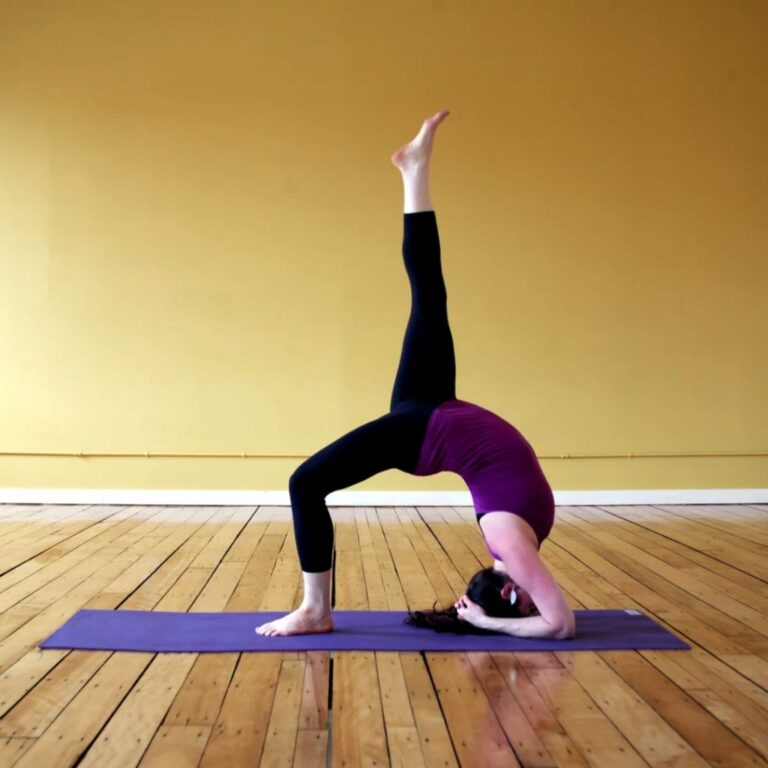Yoga is a practice that combines physical postures with breathing techniques and meditation. It has been marketed as a method to enhance both physical and mental health for more than 5,000 years. It all started in prehistoric India. Yoga has been proven to dramatically lessen both the physical (pain and stiffness) and psychological (stress and anxiety) effects of arthritis. By alleviating joint pain, boosting joint flexibility, and improving joint function, regular yoga practice can improve sleep for persons with various types of arthritis.
You might believe that all forms of exercise are forbidden if you have arthritic discomfort, but this is untrue. Yoga poses for arthritis symptoms might actually make you feel better physically and psychologically if you practice them on a regular basis. A major review of the literature reveals that yoga can assist in improving physical function, disease activity, and grip strength in persons with rheumatoid arthritis. One study found that yoga may increase muscular strength, flexibility, and functional mobility in people with knee osteoarthritis.

HOW DOES YOGA EASE THE PAIN OF ARTHRITIS?
People with arthritis most frequently visit yoga to relieve pain, which is a very challenging issue. Physically, a joint’s stability may be improved by strengthening the muscles that surround it, which can lessen inflammation within the joint.
The nervous system is also impacted by several yoga techniques. For instance, research demonstrates that deep breathing causes a shift from the stress response, commonly present in persons with chronic pain, to the relaxation response, which might lessen pain. Yoga may lessen pain by altering activity in the pain pathways that connect the body with the area of the brain that processes sensation.
TRY THESE 5 GENTLE YOGA POSES FOR ARTHRITIS
Attempting these positions if you want to try a little yoga on your own at home, even though working one-on-one with a yoga therapist is best. Do not force anything that seems uncomfortable; instead, gently slide out of the pose and try another one, or just sit motionlessly and breathe.
Warrior Poses
There are several of the most well-known yoga poses in the warrior sequence. Yoga practitioners stand with their legs apart in Warrior 1, 2, and 3, as if they are prepared to engage in combat. The warrior poses, which include bending your knees and lifting your shoulders, improve balance and strengthen your knee joints. In Warrior 3, you must elevate one of your legs off the ground to create a 90° angle with the other. This will improve the ankle joint as well as further strengthen the knee that is still being supported.
Plank Pose
Furthermore excellent for joint health, this ancient belly exercise. Put your lower arms on the mat while resting on your stomach with your elbows bent 90 degrees. Lift your torso off the mat such that your toes and lower arms are supporting your weight. You might be able to maintain the flattest possible figure by lowering your lower back and buttocks. The plank posture has unique benefits for your wrists, arms, and legs while being a fantastic all-around builder. Try to hold for 30 seconds for multiple sets.
Bow Pose
On your yoga mat, the bow stance gives the impression that you are skydiving. In the bow posture, while lying on your stomach, you should widen your shoulders, stretch back your arms, and grab your ankles. This position is great for your shoulder joints and gives you a chance to stretch your back and quadriceps muscles all the way down through your legs.

Bridge Pose
The bridge posture, which many people first learn in physical education or gymnastics as children, has been adjusted for this situation. Keep your feet flat on the ground as you kneel down on your yoga mat. Your head, neck, shoulders, and arms should all remain firmly planted on the carpet while you progressively raise your entire body. Your thighs should be parallel to the ground, and your knees should be directly above your heels. The bridge posture strengthens the knee joints, which is advantageous for people with osteoporosis.
Bound Angle Pose
This pose, which is regularly incorporated into people’s cool-down activities, is good for your hip joint. As you bend your knees, the soles of your feet should meet. Tuck the heels of your feet into your pelvis as much as you can. This pose should ideally be kept for one to five minutes in order to strengthen your knee joints and open up your hips.
If you’re in joint discomfort, try to reach Specialty Care Clinics to get the best advice for your joint pain. Contact us today at (469) 545-9983.
